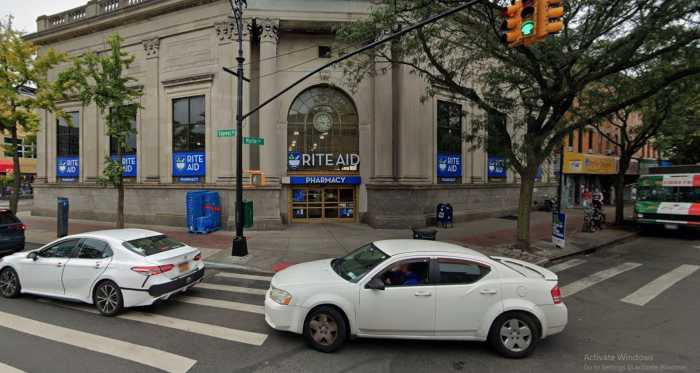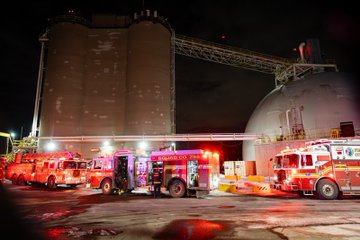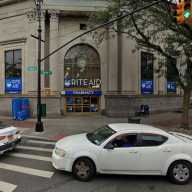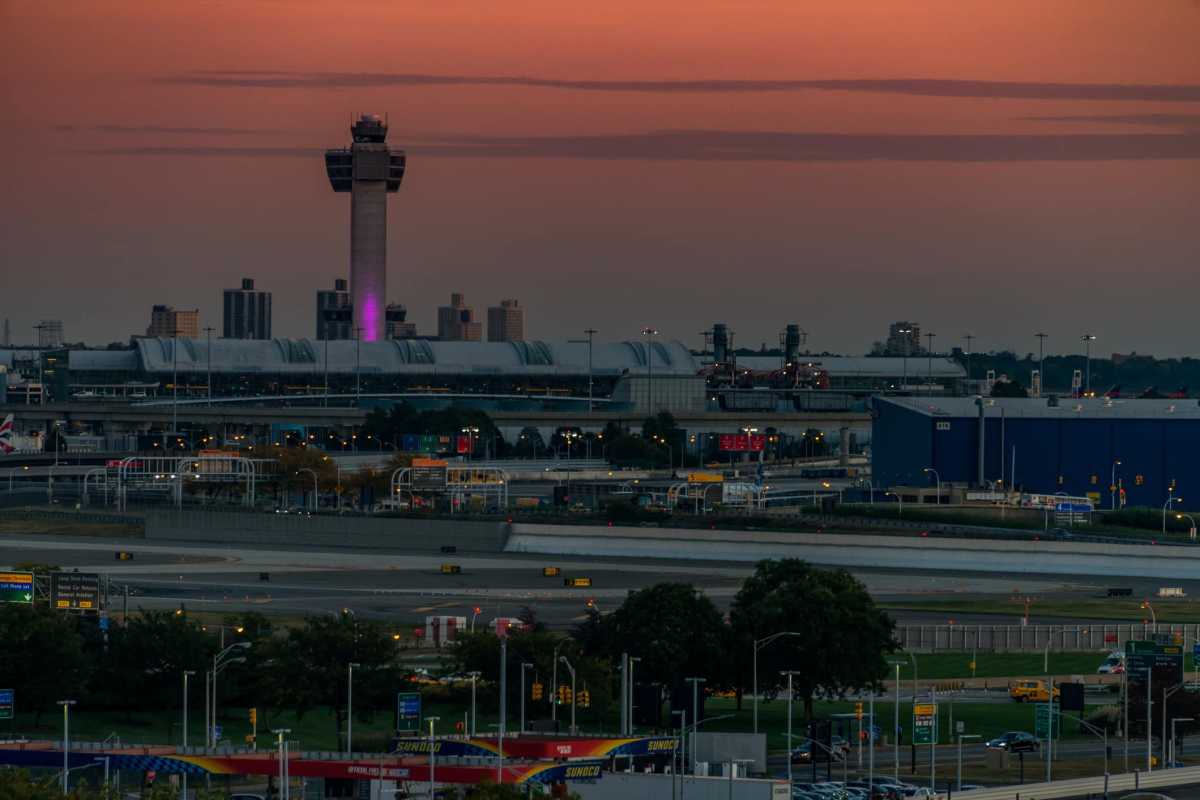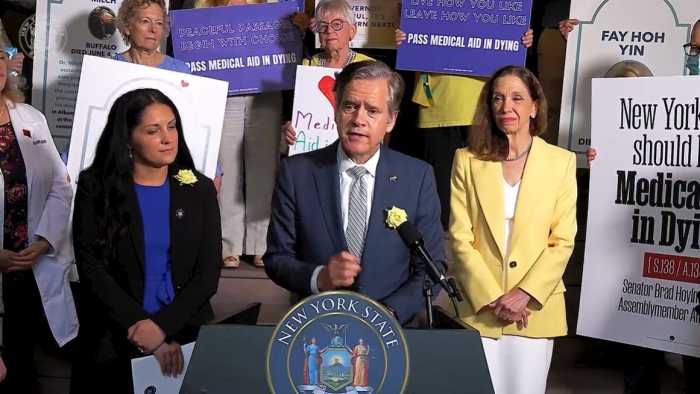LIRR Queens Tunnels Linked To Grand Central
Sandhogs working on the Metropolitan Transportation Authority’s (MTA) East Side Access megaproject –the largest transportation infrastructure construction project in the nation-last Thursday, Sept. 20, broke through the final piece of reinforced concrete separating newly built tunnels in Queens from newly built tunnels in Manhattan.
In so doing, they created a continuous tunnel running more than 3 1/2 miles from a cavern 12 stories underneath Grand Central Terminal to four concrete-lined, 22-foot diameter tunnels just feet below the Sunnyside Rail Yard in Queens that will soon be connected to the Long Island Rail Road (LIRR) main line.
“For the first time since the East Side Access project began, there is now a continuous path through newly built tunnel from Queens to the East Side of Manhattan,” said MTA Chairman and CEO Joseph J. Lhota. “This is the path Long Island Rail Road trains will follow when this project is completed.”
The connection between the Manhattan and Queens tunnels took place directly underneath Northern Boulevard in Long Island City. The contract to excavate this 120-foot segment of tunnel was handled separately from the other tunneling contracts because it presented a host of unique challenges.
Not only does this segment of tunnel need to bear the weight of Northern Boulevard, a busy six-lane arterial truck route leading to the Ed Koch-Queensboro Bridge, but it also needs to support the four-track IND subway trunk line underneath the roadway that carries the E, M and R subway trains, as well as that of the elevated BMT Astoria Line, which carries the N and Q subway trains.
Project workers had to drive a new set of foundation pilings into the ground to temporarily support the Astoria Line tracks and elevated structure during the construction of the tunnel. They then jacked up the line ever so slightly in order to relieve its permanent foundation supports of the line’s weight, and shift the weight to the temporary supports. Then, they cut into the permanent foundation, which had been protruding into the right-of-way where the new tunnel is being built.
In later phases of construction, workers will restore the subway line to its permanent foundation, which has been modified to rest on top of



